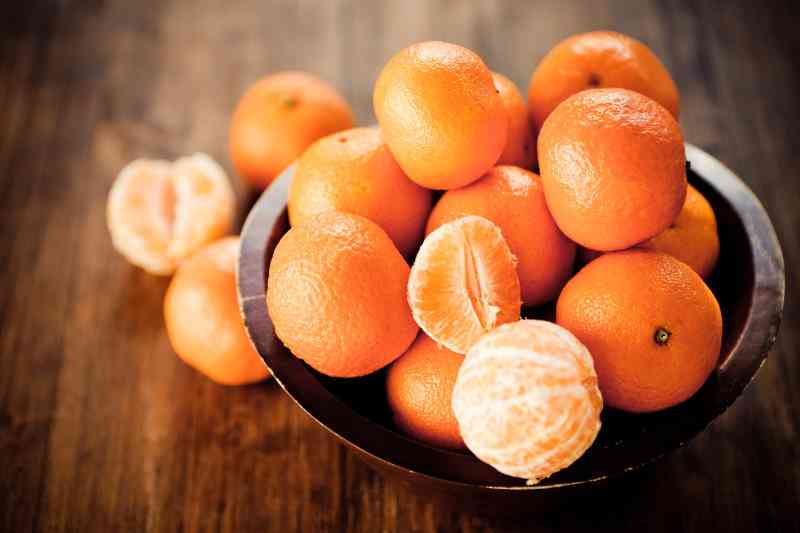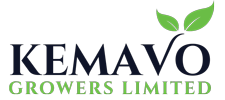
Tangerine Farming
Tangerine farming involves cultivating and nurturing tangerine trees to yield the vibrant, citrusy fruit renowned for its sweet and tangy flavor. Here’s an overview of the process:
Overview
- Site Selection: Tangerine trees thrive in warm climates with well-draining soil and ample sunlight. Selecting an appropriate location is crucial for optimal tree growth and fruit production.
- Variety Selection: Choosing suitable tangerine varieties based on taste, size, seedlessness, and adaptability to local conditions is essential. Varieties like Clementine, Dancy, and Honey tangerines are popular choices.
- Planting: Tangerine trees are typically propagated from seeds or grafted saplings. They are planted during the appropriate season, ensuring adequate spacing for growth and proper root development.
- Care and Maintenance: Regular watering, fertilization, and pruning are necessary for healthy tree growth, flowering, and fruit production. Proper pest control measures and disease management are also crucial.
- Flowering and Fruit Development: Tangerine trees produce fragrant blossoms in spring, followed by the development of small green fruits that gradually ripen. Ensuring optimal pollination and favorable growing conditions are essential for a bountiful fruit set.
- Harvesting: Tangerines are harvested when they reach the desired size, color, and sweetness. They are carefully hand-picked to prevent damage to the delicate fruit.
- Post-harvest Handling: After harvest, tangerines undergo sorting, cleaning, and packing. Careful handling and proper storage conditions are essential to maintain fruit quality and extend shelf life.

